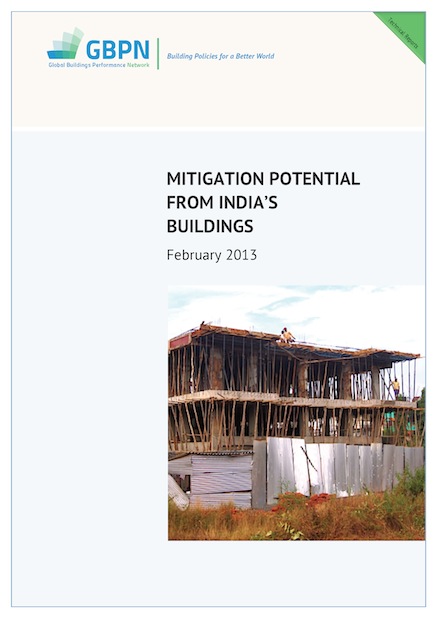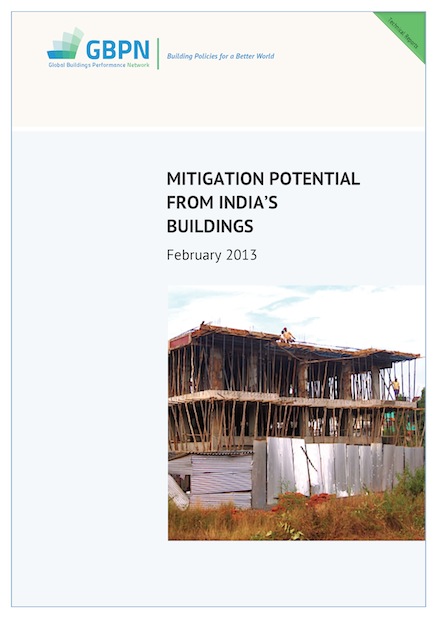印度建筑的减排潜力

可靠证据表明,至2050年印度建筑领域会产生巨幅能源增长,基于此估测,本报告分析了印度目前建筑节能减排的政策框架及其节能潜力。
8 result(s) found

可靠证据表明,至2050年印度建筑领域会产生巨幅能源增长,基于此估测,本报告分析了印度目前建筑节能减排的政策框架及其节能潜力。
可靠证据表明,至2050年印度建筑领域会产生巨幅能源增长,基于此估测,本报告分析了印度目前建筑节能减排的政策框架及其节能潜力。
 可靠证据表明,至2050年印度建筑领域会产生巨幅能源增长,基于此估测,本报告分析了印度目前建筑节能减排的政策框架及其节能潜力。
可靠证据表明,至2050年印度建筑领域会产生巨幅能源增长,基于此估测,本报告分析了印度目前建筑节能减排的政策框架及其节能潜力。
 Technical Report
Technical Report
Demonstrating the enormity of the predicted energy growth in India's building sector up to 2050, this report explores the current political framework for energy efficient buildings and the potential for change.
Potential gains from improving energy efficiency are substantial — not only in terms of saving energy and combating climate change, but also in terms of contributing to an array of other co-benefits, including improving human health and creating jobs. We asked Tim Farrell, Senior Advisor at the Copenhagen Centre on Energy Efficiency, what works best when it comes to boosting energy efficiency. He stressed that targeted policy measures and sufficient resources to support implementation and compliance are among a number of critical ingredients for success.
To date, greenhouse gas (GHG) emissions, mitigation strategies and the accompanying health co-benefits in different economic sectors have not been fully investigated. The purpose of this paper is to review comprehensively the evidence on GHG mitigation measures and the related health co-benefits, identify knowledge gaps, and provide recommendations to promote further development and implementation of climate change response policies.
Accounting for over 70% of global CO2 emissions, cities are major contributors to climate change. Acknowledging this, urban climate change adaptation and mitigation plans are increasingly developed to make progress toward enhancing climate resilience. While there is consensus that focusing on both adaptation and mitigation is necessary for addressing climate change impacts, better understanding of their interactions is needed to efficiently maximize their potentials. This paper, first, provides a bibliographic analysis to map existing knowledge regarding adaptation-mitigation interactions.
An overview of climate change mitigation opportunities in the world's buildings is presented, based on the key building-specific findings of the Fourth Assessment Report from the Intergovernmental Panel of Climate Change. Buildings and the building stock can play a major role in mitigating climate change in the short- to medium-term, since substantial reductions in CO2 emissions from their energy use can be achieved over the coming years.